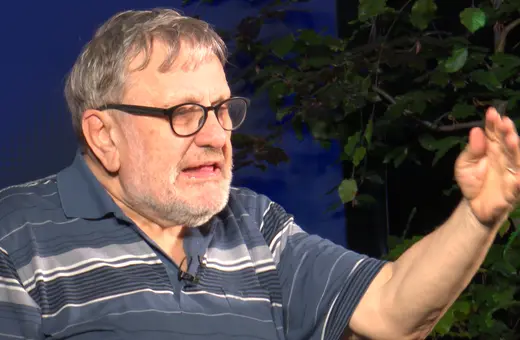Ours is a culture that has lost the ritual dimension to life and is suspicious of any ceremonial element to behaviour. By contrast, while visiting a church in Puebla, Mexico, I was privileged to see a fiesta de quinceañera, in which a young girl celebrated with enormous excitement her achievement of womanhood after puberty. Wearing a tiara and a lovely long dress, she was greeted as an adult for the first time by the congregation, and then departed for a celebration with her family and friends. Such rites of passage can easily become commercialised, but the principle is something we desperately need in Britain. Our culture is lacking in communal rituals in which we discover our roles and responsibilities, our value and dignity: literally our place in the world. Yet we cannot accept such rites because they counter the individualism of our conception of what it is to be human. Any group identity is now regarded as a denial of selfhood, and a rite of passage assumes you move from one stage of life to another, as part of a group.
Indeed, any ritual is an articulation of a map of the cosmos and assumes an order beyond the self, whether the natural rhythm of the seasons, marking the Winter solstice, or the social order in which we live. When denied these modes of expression, people will create their own, but these will often lack the quality so evident in the Mexican quinceañera: namely, the transformative dimension. The girl is socially a child before the ceremony, and a woman at its close; she is a new being.
A spontaneous ritual practice was provoked by the death of Princess Diana in which hundreds of floral tributes were left at the gates of Kensington Palace. Yet there they remained, each isolated in its cellophane wrapping, until eventually someone cleared away what had become a sorry mess. It was partly the wrapping which prevented the flowers from fully entering the ritual mode, for it could not decompose, and it was partly that isolation of each offering, since no-one had the courage or imagination to open the bouquets and rearrange their contents. Unlike wreaths at a funeral which accompany the coffin to the grave, these flowers had nowhere to go, emblematic of a culture of buffered individuals, each clinging to their separation. How much more ritually effective were the flowers thrown at Diana’s hearse, and at those of members of the armed forces killed in Afghanistan when their corteges moved through the streets of Wootton Bassett, in each case witnessing to the worth of the lost and the mutability of life.



















Join the conversation